Choosing the right dog bowl may seem like a simple task, but did you know that the material of the bowl can have a significant impact on your dog’s health and safety?
With so many options available, it’s important to consider factors such as durability, ease of cleaning, and the specific needs of your furry friend. From ceramic to stainless steel to silicone, each material has its own benefits and drawbacks.
So, how do you navigate this maze of choices to find the perfect bowl for your pup? Stick around to uncover the comprehensive guide to canine dish selection, where we’ll explore everything from specialized options to proper sizing and maintenance.
Key Takeaways
- Consider the size, breed, and eating habits of your dog when choosing a dog bowl.
- Evaluate the different types of dog bowls available, such as ceramic, plastic, and stainless steel, considering their durability, resistance to bacteria, and ease of cleaning.
- Take into account any health risks or specific needs your dog may have when selecting a dog bowl, such as using raised bowls for dogs with mobility issues or slow feeder bowls for fast eaters.
- Ensure that the chosen dog bowl is easy to clean, preferably dishwasher-safe, to maintain proper hygiene and prevent potential health risks.
Factors to Consider When Choosing
When selecting a dog bowl, it’s essential to consider various factors to ensure your furry friend’s comfort and well-being. Your dog’s specific needs, such as size, breed, and eating habits, play a crucial role in choosing the right bowl.
There are various types of dog bowls available, including ceramic, plastic, and stainless steel bowls. Each material has its advantages and disadvantages. For instance, ceramic bowls are sturdy and less likely to harbor bacteria, while plastic bowls are affordable and come in various colors. Stainless steel bowls are durable and easy to clean, making them a popular choice for many pet owners.
Consider your dog’s health risks when choosing a bowl. For example, raised bowls can be beneficial for larger dogs or those with arthritis, as they reduce strain on the neck and joints during feeding. Additionally, if your dog tends to eat too quickly, a slow feeder bowl can help prevent digestive issues.
It’s also important to choose a bowl that’s dishwasher safe for easy cleaning and maintenance. By considering these factors, you can select the most suitable dog bowl for your beloved pet’s specific needs.
Materials for Dog Bowls
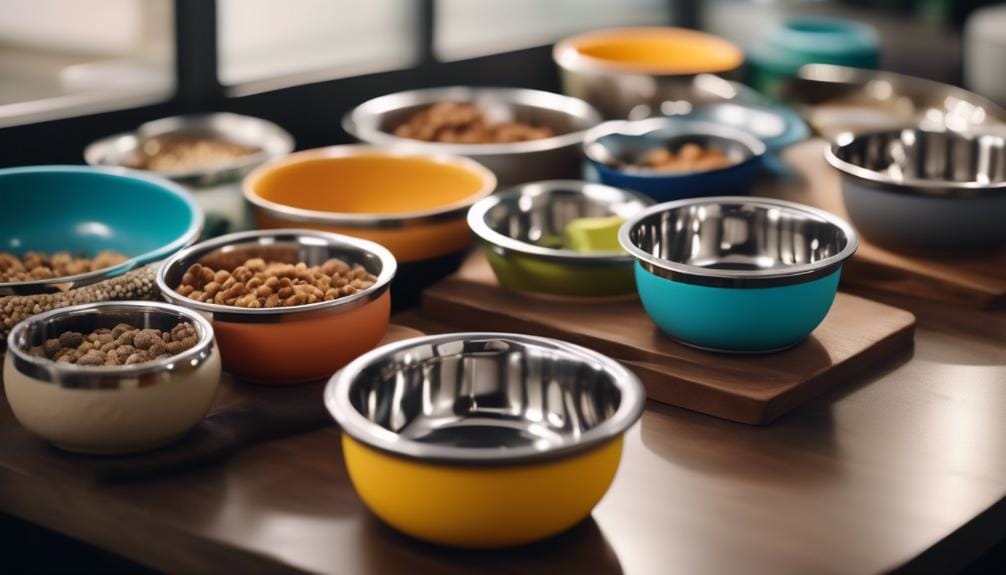
Considering the various factors mentioned earlier, the choice of material for your dog’s bowl is a crucial decision that directly impacts their health and well-being. When selecting a dog bowl, it’s important to consider the material’s durability, resistance to bacteria, and ease of cleaning. Here are some important considerations for different types of dog bowl materials:
- Stainless steel: This material is durable, resistant to bacteria, and easy to clean. It’s an excellent choice for pet owners concerned about their pet’s health and safety.
- Plastic: While plastic bowls may be convenient, they can develop scratches and harbor harmful bacteria. Choose high-quality, BPA-free options to ensure your pet’s safety.
- Ceramic bowls: These are stylish and less likely to tip over, but ensure they’re lead-free and food-safe. They’re a great option for pet owners who prioritize aesthetics and stability.
- Silicone bowls: These are collapsible and convenient for travel, but may not be as durable as other materials. They’re ideal for pet owners who travel frequently with their pets.
- Consider your dog’s size, eating habits, and potential allergies when choosing a bowl material. Some dog breeds may benefit from bowls elevated on a stand, while others may have specific material allergies.
Remember to clean the bowls regularly with soapy water to prevent the accumulation of harmful chemicals and bacteria.
Specialized Dog Bowl Options
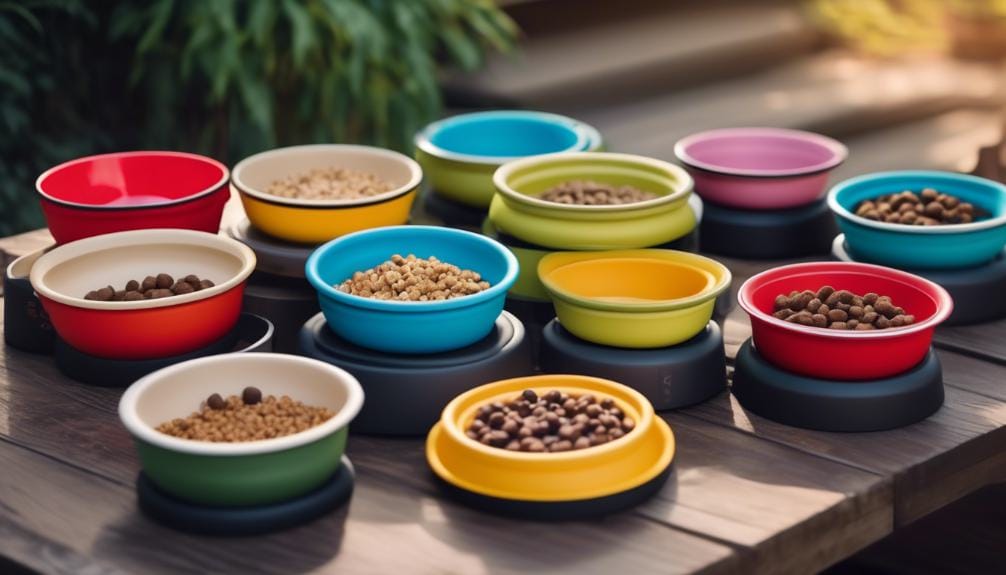
For pet owners seeking specialized dog bowl options, various designs cater to specific needs and can enhance your dog’s feeding experience.
If you have a flat-faced breed, consider bowls made specifically for them to help reduce the risk of choking and keep their ears dry.
For dogs with health conditions or mobility issues, elevated dog bowls can provide a more comfortable eating position, reducing strain on their joints.
Slow feeder dog bowls are ideal for dogs who tend to eat too quickly, aiding digestion and reducing the risk of stomach upset.
If mess during mealtime is a concern, weighted dog bowls can prevent tipping or pushing.
For convenience, automatic dog feeders can be programmed for scheduled feeding, but it’s important to monitor your dog’s intake to prevent overeating.
When choosing the right dog bowl, consider the height of the dog and the material of the bowl, whether it’s ceramic, stoneware, or another option.
Each specialized dog bowl option serves a specific purpose, catering to the unique needs of your furry friend.
Sizing Your Dog’s Bowl
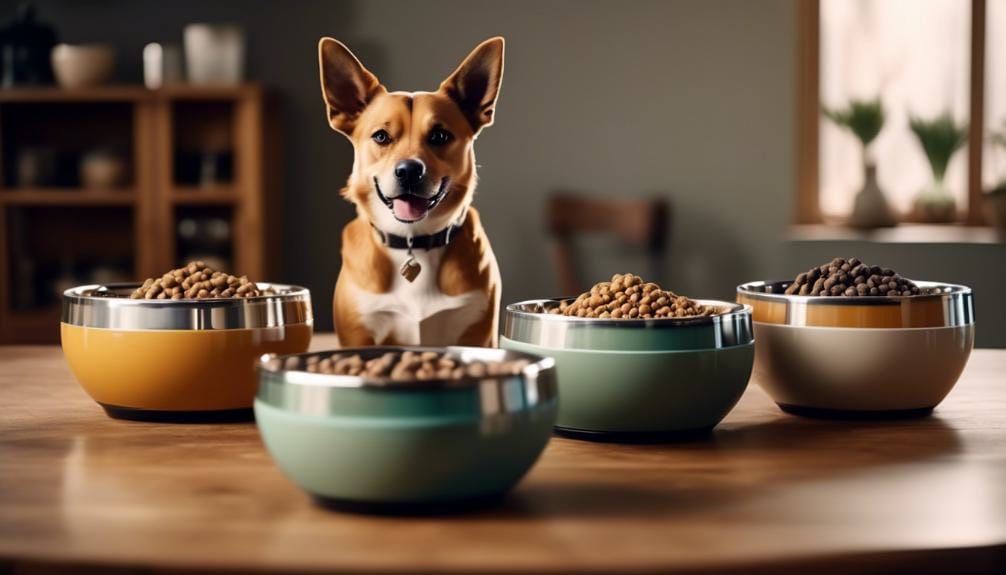
If you have already explored specialized dog bowl options, the next crucial step is to ensure that you size your dog’s bowl appropriately to meet their specific needs and provide optimal comfort during mealtime. When sizing your dog’s bowl, consider the following factors to make sure it’s the right fit for your furry friend:
- Choose a bowl height suitable for your dog’s size. This ensures they can easily reach their food without straining or making a mess.
- Select a bowl shape that accommodates long ears or flat-faced breeds, allowing them to eat comfortably without any obstructions.
- Consider raised bowls for dogs with mobility issues, as these can make eating more comfortable and accessible for them.
- Use slow-feeder bowls for dogs who eat too quickly, helping to regulate their eating pace and prevent digestive issues.
- Opt for spill-proof or splash-resistant bowls for messy drinkers, keeping mealtime tidier and more enjoyable for both you and your pet.
Care and Maintenance of Dog Bowls
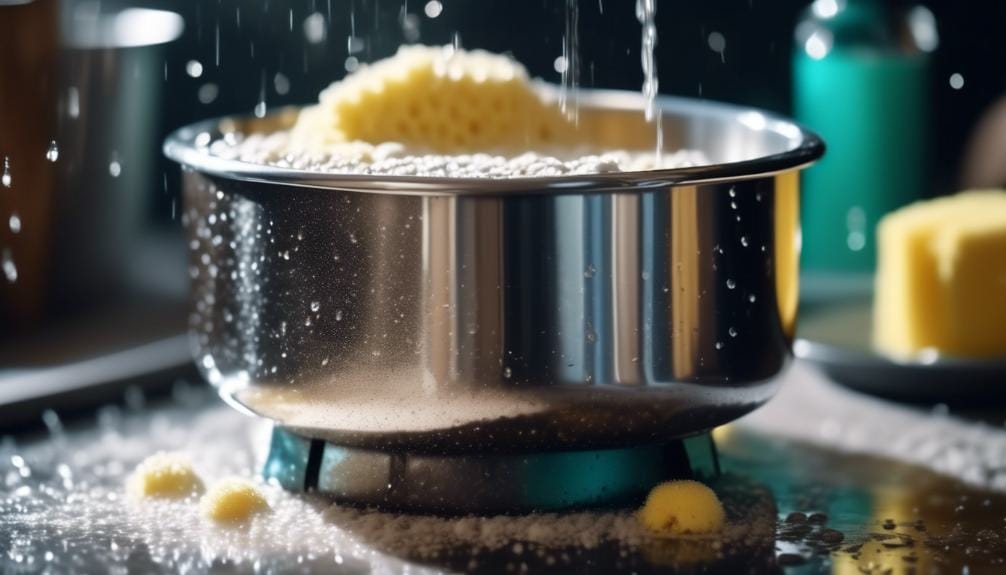
Regular maintenance and proper care of your dog’s bowls are essential for ensuring their health and well-being. It’s crucial to prioritize the cleanliness of your dog’s food and water bowls to prevent germ growth and potential health issues. Daily washing with hot, soapy water is a must.
Choose bowl materials like stainless steel or certain types of plastic that are non-porous and dishwasher-safe for easy cleaning and hygiene. Regularly inspect and replace damaged bowls to ensure your dog’s safety and prevent bacterial buildup.
Consider special needs such as non-skid features for dogs that push their bowls while eating, or specific bowl types for flat-faced breeds or dogs with long ears to ensure their comfort and well-being during mealtime.
Beware of potential health risks associated with dirty bowls, such as mold development and bacterial contamination, and prioritize proper washing and care to prevent the spread of diseases.
Whether you have ceramic bowls, silicone bowls, or an automatic dog food bowl, maintaining their cleanliness and condition is crucial. By choosing the right bowl material and implementing proper care and maintenance, you can ensure a healthy and safe dining experience for your furry friend.
Frequently Asked Questions
How Do I Choose a Dog Bowl?
When choosing a dog bowl, consider your pup’s size, eating habits, and any specific needs. Look for durable, non-toxic materials and easy-to-clean designs. Consider elevated or slow feeder options if needed. Prioritize your dog’s comfort and safety.
What Is the Best Type of Bowl for Dogs?
For most dogs, a regular dog bowl is the best choice. It’s simple, functional, and suits the needs of the majority of breeds. However, consider specific factors such as eating habits, mobility, and breed characteristics.
What Bowl Should I Get for My Dog?
You should get a dog bowl that suits your dog’s breed size and individual needs, prioritizing safety and quality material. Consider their eating habits and any mobility or joint health concerns. Choose a style that fits their specific requirements.
How Do I Know What Size Bowl to Get My Dog?
To know what size bowl to get your dog, consider their breed and size. Larger breeds need bigger bowls, while smaller ones need smaller ones. Measure your dog’s food portion to determine the right capacity.
Conclusion
Now that you know the factors to consider, the materials available, and the specialized options for dog bowls, you can make an informed decision that meets your dog’s needs.
Remember to choose a bowl that’s safe, durable, and easy to clean to promote your dog’s health and well-being.
With the right bowl, your furry friend can enjoy their meals in comfort and style.

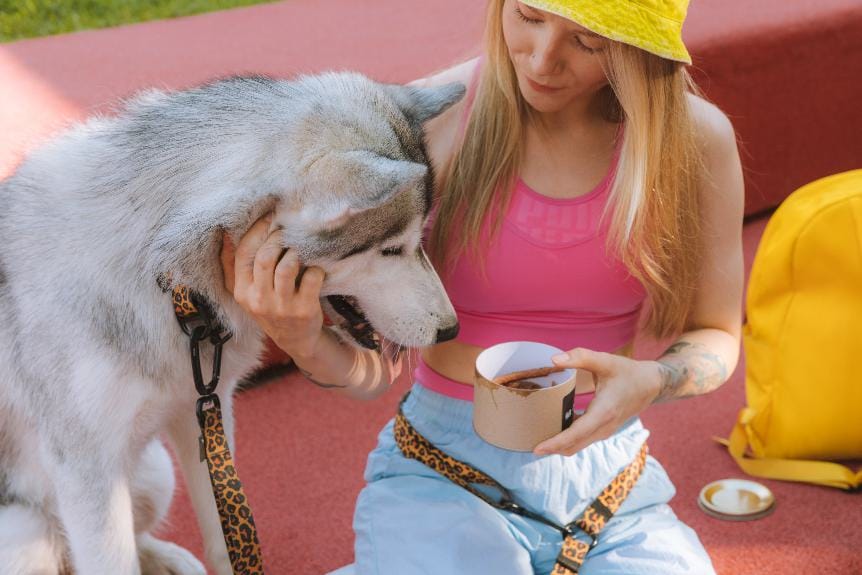
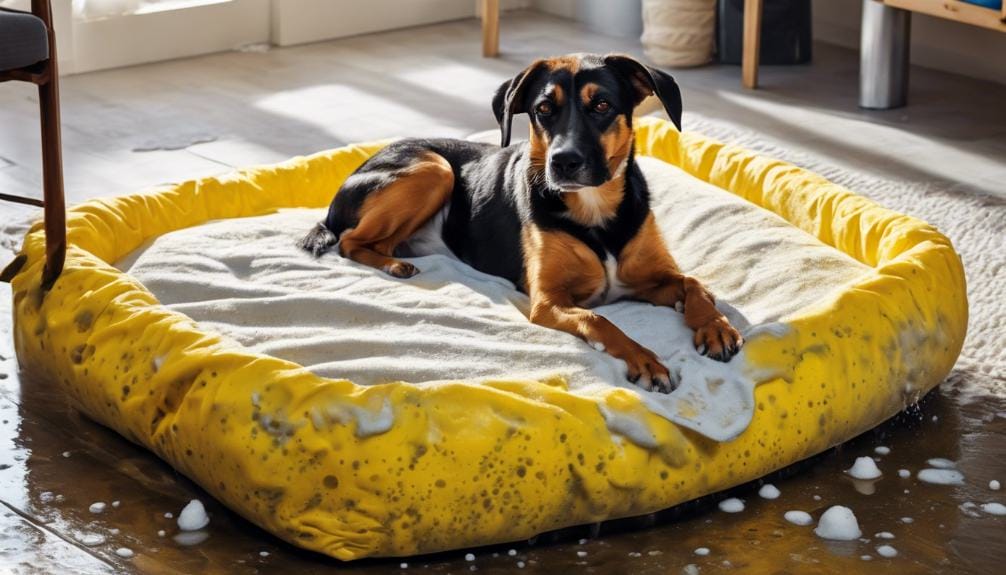
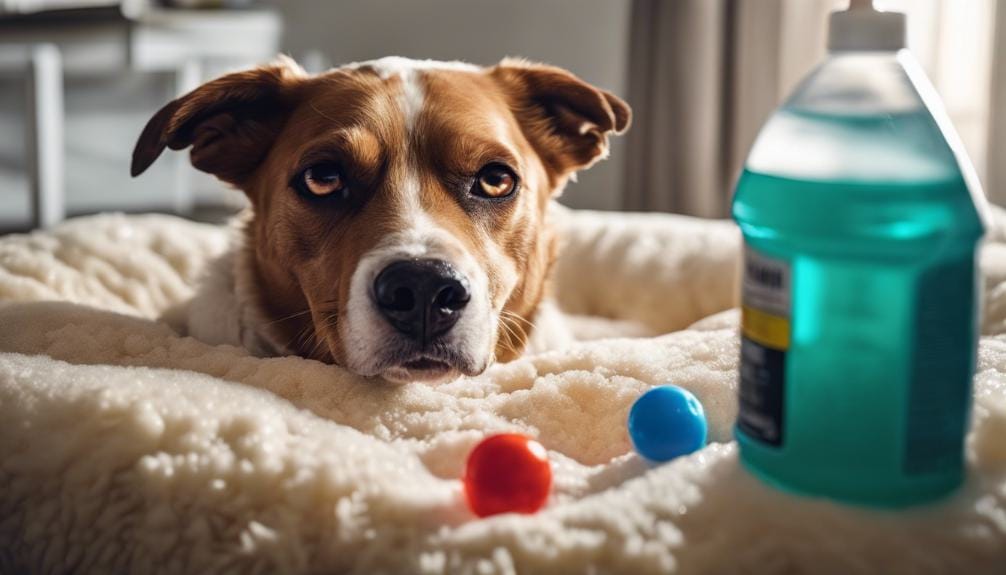
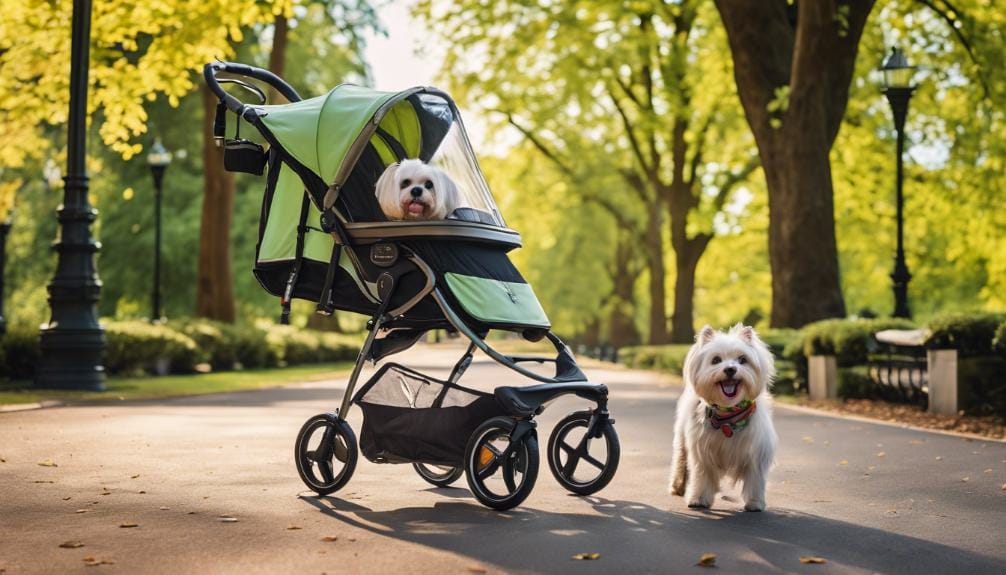
Leave a Reply
You must be logged in to post a comment.